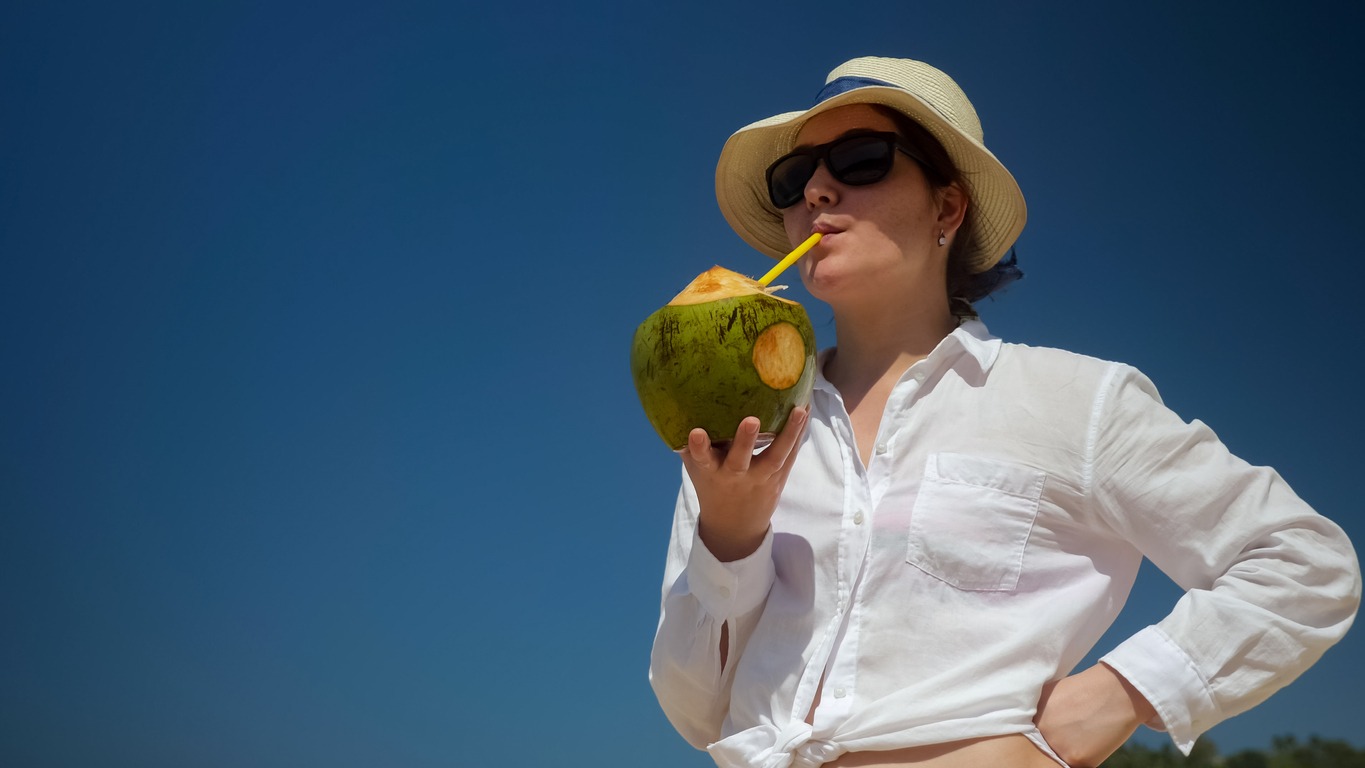The need to dress coolly increases during the summer months. Lightweight cotton, lairy Hawaiian shirts, linens, deck shoes, swim shorts, and espadrilles appear unexpectedly on city streets and beachfront boardwalks.
However, distinguishing yourself from the crowd can be difficult, but sometimes, the answer is a hat. However, they are frequently an afterthought and, sadly, appear as such. Shapeless floppy sun hats, worn-out baseball caps, and straw trilbies end any notions of a fashionable summer.
Fortunately, there is one who comes to the rescue. The Panama hat adds an elegant touch to any summer ensemble, whether formal or casual. It incorporates a sense of real style to those sunny days, offering protection from the sun’s rays and something extra – perhaps a welcome eccentricity.
The Panama hat has been around for a while, but how does one wear it without having to look like a Downton Abbey extra? Where did it come from, and can it truly be considered a warm-weather essential in a universe where sportswear reigns supreme?
What Is a Panama Hat?
The Panama hat is also known as the Montecristi Panama hat, Jipijapa hat, Ecuadorian hat, and Toquilla hat. Regardless, these names all refer to the same overall design. Though it has a similar brim size and shape to the fedora, an authentic Panama hat is distinct in its materials and construction.
Modern production methods have contributed to the widespread availability of this type of hat, but authentic Panama hats are handmade using two methods: weaving and blocking. These straw hats are traditionally made by firmly weaving straw together and then blocking the material to give it its distinctive shape.
If you’ve never seen an authentic Panama hat, it has an identical general shape to a fedora — though it’s usually lighter and more breathable. Panama hats are made of tightly woven toquilla straw, coming from the toquilla palm tree, which grows naturally on the coasts of Ecuador. Whereas imitation Panama hats are made from synthetic materials, genuine Panama hats have always been handwoven from toquilla straw.
View this post on Instagram
Each handmade hat has slight variations, but the large bulk of Panama hats adhere to a single style. The crown is pretty high, with one or more deliberate depressions near the top.
Authentic Panama hats carry the natural color of toquilla straw, beige or off-white. A black band accents the base of the crown, frequently made of dyed straw. Lastly, the signature brim is usually at least two inches long from the crown’s base.
The brims of many Panama hats are firm, downturned in the front and upturned in the back. On the other hand, some Panama hats have a wider, flatter, more malleable brim that provides more sun protection.
While Panama hats are still popular today, they were first popular in Central America, South America, and the Caribbean in the 1800s and 1900s. It gained popularity in the USA during the Golden Age of Hollywood, appearing in films such as Casablanca, The Silence of the Lambs, To Kill a Mockingbird, and the Indiana Jones franchise (though the main character himself wears a wide-brimmed fedora).
How to Wear a Panama Hat
A Panama hat, like a fedora, has correct and incorrect ways to wear it. However, how you wear your hat will be determined by several factors, including your hairstyle and length and the occasion or environment.
Fortunately, men and women frequently wear Panama hats in these ways, making life a little easier. Let’s review some of the essential things about wearing a Panama hat!
Hair Length
Panama hats complement both long and short hair. If you have short hair, wear your hat lower on the head (keeping the hat’s brim level with the ground). This will keep the sun off the head and neck while keeping the crown from resting too far off your scalp.
Men and women with longer hair, on the other hand, may find it challenging to don a Panama hat so low on their heads. This is true if you have a lot of volume in your hair. As a result, you can wear it loosely atop of longer hair, with its brim turned slightly upwards, or in a bun that fits inside the hat’s crown.
Environment
The “flat” style should be worn for formal occasions, with the brim perpendicular to the ground. However, a slight decline at the hat’s front may be acceptable.
Going to an informal event, you should go with the upturned look, where the brim’s front is turned upward, disclosing more of your face. While this style is appropriate for either gender, it is especially popular with women.
However, remember that the “flat” look is frequently considered the correct or standard way to wear a Panama hat. Many Panama hats have an upturned back brim and a downturned front brim.
You must exercise caution when adjusting the level of the brim, particularly if you intend to wear the declined look. If the drop is too abrupt, you may end up obscuring too much of your face. You don’t have to be as clear-cut with the upturned look, though a steep incline could lead to losing your hat if there’s a strong breeze!
Time of Day
View this post on Instagram
Finally, you must consider the time of night or day. Panama hats typically work well during the midday hours because the brim generally keeps the sun out of the eyes. This is why, during the day, a slightly downturned or flat look is almost always acceptable.
At night, however, you should opt for a more inclined or flat look. This is because you will no longer have to keep the sun out of the eyes. Furthermore, wearing a downturned brim at dark can appear suspicious, so let folks see your face as often as possible!
Look Beyond the Conventional
Many hatters offer styles other than the classic cream-colored fedora, which can give the impression of a drunken cricket fan. Choose a hat with less traditional shapes and colors, such as a trilby, for a less restrained look (with a high crown and narrower brim). Wear something that has a more modern shape and color scheme.


